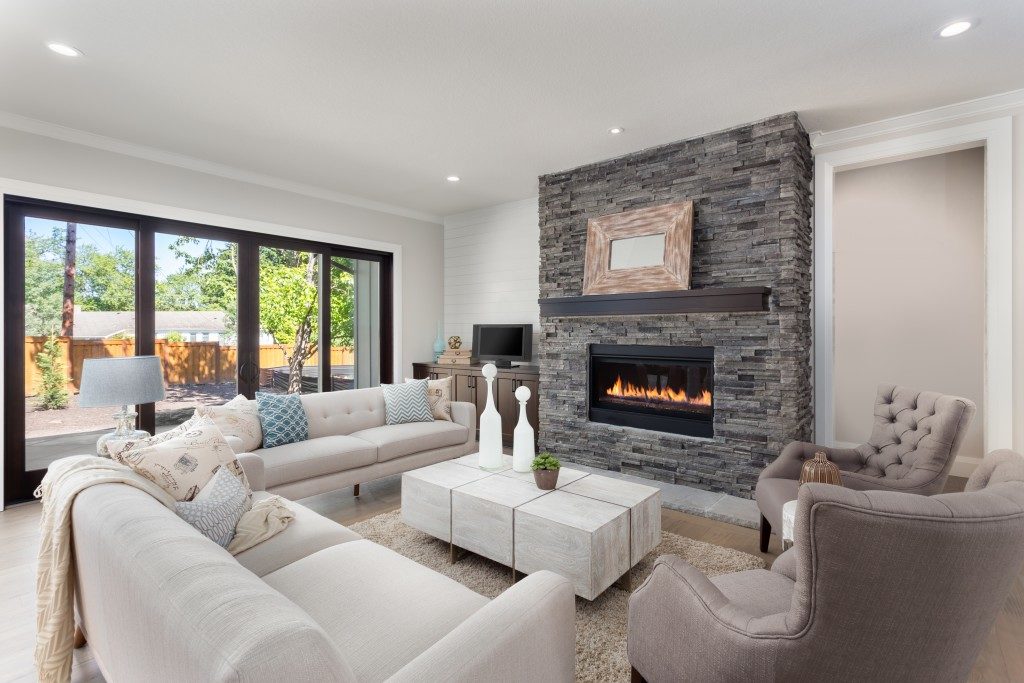When people plan on renovating their homes, they usually think about aesthetics.
Will repainting walls or replacing existing flooring make the home look more appealing?
Will the renovations add value to the property and result in a higher selling price in the future?
Another reason people renovate their homes is to address spots in the house that need repairs.
Are there leaks in the plumbing system?
Are there cracks on the roof and ceiling?
Does the house need more insulation?
Now that the prices of commodities continue to rise and the planet continues to suffer the consequences of climate change, people are beginning to look for ways to save money while being kinder to the environment.
On their next renovation project, here are some ideas that can help people transform their homes into more energy-efficient and sustainable living spaces:
Add Insulation on Key Parts of the House
Adding insulation to ceilings, walls and floors allow up to 45% of savings on heating costs.
Proper ceiling and floor insulation offers protection against the summer hear and the winter cold and lets homeowners save up to 20% on their heating and cooling costs. Two types of insulation can be used for floors and ceilings. Bulk insulation is available in batts, blankets and boards, trapping pockets of still air within its structure, while reflective foil insulation works by reducing radiant heat transfer across an enclosed surface.
The walls are the thermally weakest points in the house. For this reason, walls need to be properly insulated to keep rooms more comfortable. External wall installation offers many benefits, from providing extra protections against the elements to improving the look of the property. Adding external wall insulation also does not require internal renovation, so it won’t disrupt activities inside the living area while renovation is ongoing.
Identify Cooling and Heating Zones

Homeowners looking to control temperatures throughout their homes should consider a zoned heating system when they renovate. In a zoned heating system, the temperature in each room may be controlled individually, based on the frequency of usage, personal preference and environmental conditions. A properly zoned home entails savings on heating and cooling costs and increased comfort for its occupants. Homeowners can save up to 30% on heating and cooling costs, making it a worthwhile home improvement project.
Draught-Proofing
Draughts or air leakage causes up to 25% of winter heat loss. Prevention depends on the areas where draughts are located. Air may come into or leave the house through cracks and gaps around doors and windows, fireplaces, and exhausts. The best way to prevent draught is to seal the gaps and cracks. Using soft furnishing like rugs, carpets and curtains will also prevent draughts and keep home interiors cosy.
Lighting
Energy-efficient lighting means using energy-saving lights and fittings, turning lights off when not in use and using natural light as often as possible. Replacing halogen and fluorescent lights with LED lights helps in reducing electricity bills as LED lights shine brighter and longer and do not produce carbon emission.
Energy-efficient renovation projects can be costly, but the long-term benefits outweigh the upfront expenses. While saving up for the next big project, homeowners can start with small changes and preventive maintenance.


